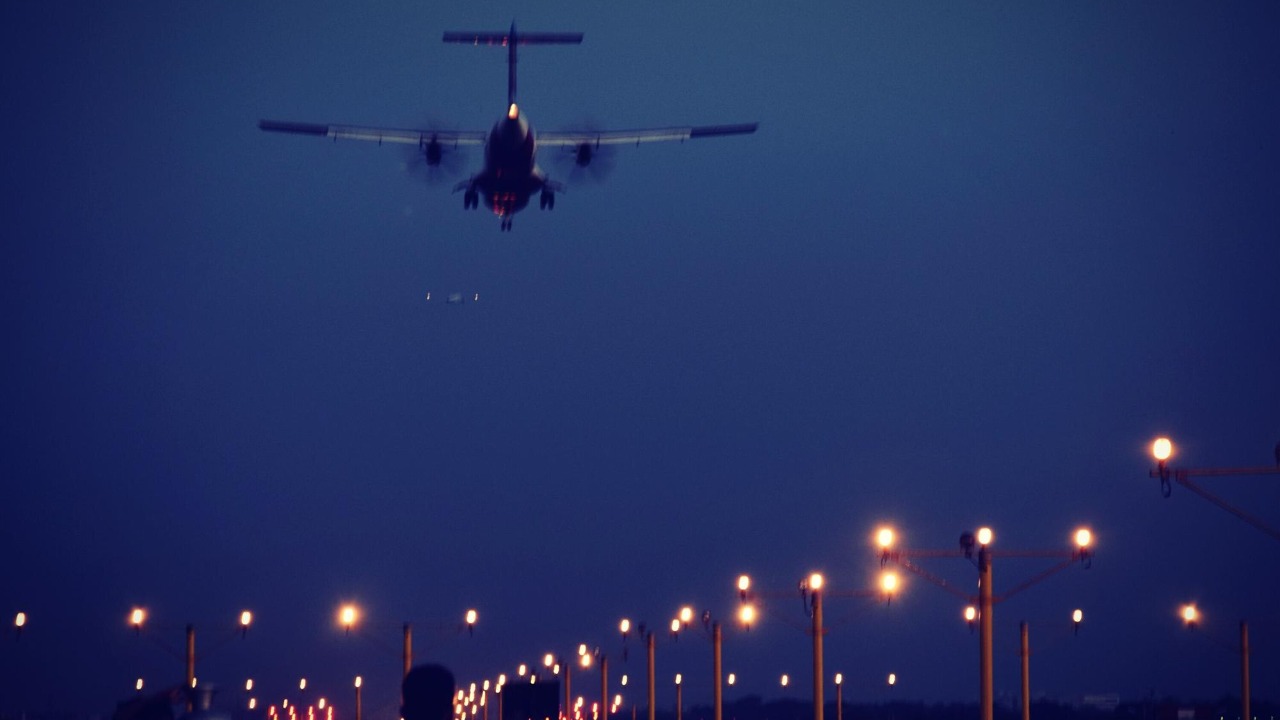
Unidentified drones have been causing significant disruptions at major European airports, leading to grounded flights, heightened security measures, and widespread concern. These incidents have occurred at London’s Gatwick Airport, Amsterdam’s Schiphol Airport, and Paris Charles de Gaulle Airport, affecting hundreds of thousands of passengers and raising questions about airport security and the regulation of drone activity.
Timeline of Key Incidents
The first major incident occurred at Gatwick Airport on December 20, 2018, when unidentified drones were spotted flying over the runway. This led to the cancellation of 760 flights and stranded 110,000 passengers, causing significant disruption during the busy holiday season. The Sussex Police were involved in the investigation, but the culprits were never found.
Similar incidents occurred at Schiphol Airport in November 2023, where multiple drone sightings led to flight suspensions on at least four nights. This impacted over 1,000 flights and caused significant delays for passengers. The Dutch authorities were quick to respond, but the source of the drones remained a mystery.
More recently, in January 2024, drones were observed near the runways of Paris Charles de Gaulle Airport at night. This resulted in brief operational halts and prompted investigations by the DGAC, France’s civil aviation authority.
Official Responses and Investigations
In response to the Gatwick incident, the UK government deployed over 100 police officers and used counter-drone technology, including the High Power Microwave system. This was announced by Home Secretary Sajid Javid, who stressed the importance of preventing such incidents in the future.
The Dutch authorities took similar measures at Schiphol, banning drone flights within 8km of the airport and involving the Royal Netherlands Marechaussee for surveillance. These actions were detailed in LVNL statements.
At Charles de Gaulle, French authorities enhanced radar capabilities and conducted joint operations with military police. These measures were outlined in Ministry of Transport briefings.
Potential Sources and Motivations
There are several theories about the sources and motivations behind these drone incidents. One possibility is that they are the work of hobbyist drone operators. Unauthorized flights by civilians could explain the sightings, as suggested by EASA regulations.
Another theory is that the drones are being used by environmental groups to disrupt air travel. This is based on unconfirmed links to activism found in European Commission reports.
There is also the possibility of foreign interference, with state actors testing airspace vulnerabilities. This is based on NATO assessments of hybrid threats.
Technological and Security Challenges
Detecting small drones at night presents a significant challenge due to limited radar capabilities. This was highlighted by the Gatwick incident, which revealed gaps in existing airport surveillance, as per a CAA review.
Advancements in counter-drone technology, such as jamming systems, can disable drones within 1km. However, these systems raise legal concerns over signal interference, according to Eurocontrol.
There are also regulatory hurdles to overcome. Since 2021, the EU has mandated drone registration and requires operators to report flights. However, enforcement remains inconsistent, as noted in European Parliament debates.
Impacts on Aviation and Public Safety
The economic fallout from these incidents is significant. The Gatwick disruption alone resulted in an estimated £50 million in losses from delays and cancellations, impacting airlines like easyJet and British Airways, according to the Airport Operators Association.
While there have been no direct collisions between drones and aircraft, the potential for mid-air hazards is a serious concern. This has been warned by IATA.
These incidents have also had broader effects on travel confidence, including increased insurance premiums for European airports following the 2023-2024 incidents, according to ACI Europe.
Future Prevention Strategies
Preventing future incidents will require enhanced coordination at the EU level. A centralized drone detection network was proposed in 2024 by the European Commission.
International collaboration could also be beneficial, drawing from US FAA models adapted for Europe to track transborder drone threats. This has been discussed in ICAO guidelines.
Public education campaigns on drone laws could help reduce accidental incursions. Pilot programs have been launched in the UK following the Gatwick incident, as per DfT initiatives.
More from MorningOverview